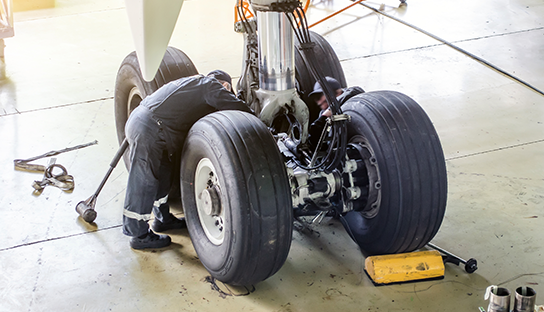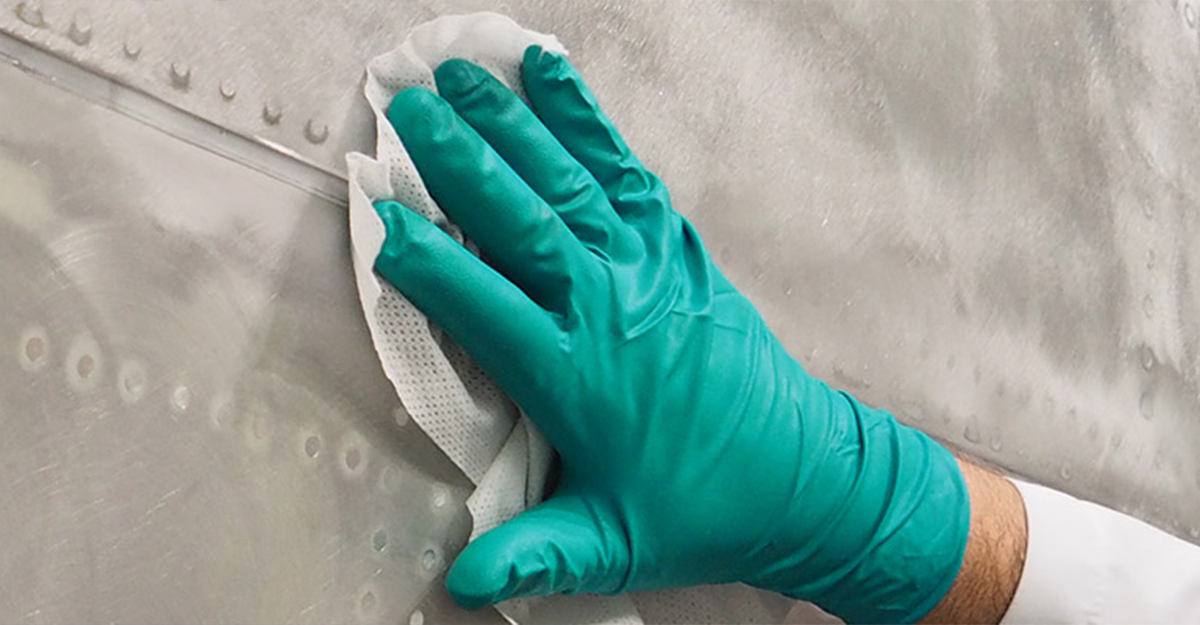The products used for aerospace degreasing applications are no different, and Silmid have partnered with Socomore to provide on demand access to next generation cleaning compounds for a variety of applications.
Selecting the right cleaning compound for your application can lead to a range of cost savings including:
- Reduced insurance premiums
- Lower product usage per job
- Reduced transportation and delivery costs
- Reduced cost of Personal Protective Equipment (PPE)
There are two main approaches a user can take to reduce the costs of general cleaning: selecting a product or method that emits lower VOCs or selecting a chemical with a higher flash point. We will look at both below.





.png)